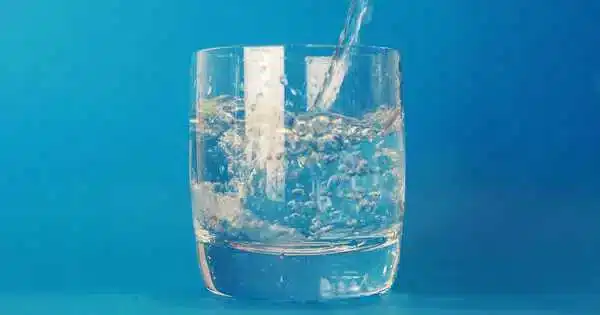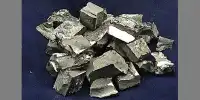“Purified water” is water that has been purified to remove impurities and contaminants. Purified water is water that has been mechanically filtered or processed to remove impurities and make it fit for human consumption. Previously, distilled water was the most common form of purified water; however, in recent years, water has been purified more frequently using other processes such as capacitive deionization, reverse osmosis, carbon filtering, microfiltration, ultrafiltration, ultraviolet oxidation, or electrodeionization.
Several methods are typically used in the purification process to ensure that the water meets certain quality standards. Combinations of several of these processes have been used to produce ultrapure water with trace contaminants measured in parts per billion (ppb) or parts per trillion (ppt).
Purified water has many applications, most notably in the production of medications, as well as in science and engineering laboratories and industries. It is produced in a variety of purities. It is also used as the primary ingredient in any given trademarked bottling formula in the commercial beverage industry to ensure product consistency. It can be manufactured on-site for immediate use or purchased in bulk. In colloquial English, purified water can also refer to water that has been treated (“rendered potable”) to neutralize, but not necessarily remove, contaminants that are harmful to humans or animals.
Common purification methods include:
- Distillation: This process involves heating water to create steam and then cooling it to condense it back into a liquid. Impurities are left behind, and the resulting water is considered purified.
- Reverse Osmosis: In this method, water is forced through a semi-permeable membrane, which filters out impurities and contaminants. Reverse osmosis is effective in removing a wide range of substances.
- Filtration: Water can be passed through various types of filters, such as activated carbon filters, which can trap particles and remove odors and tastes.
- Ion Exchange: Ions in the water are exchanged with ions attached to a resin in this process. It is frequently used to remove minerals that can cause water hardness.
- UV Treatment: UV light is used in water to kill or inactivate bacteria, viruses, and other microorganisms.
The method of purification chosen is determined by the specific contaminants present in the water as well as the desired level of purity. Purified water is widely used for drinking, cooking, medical applications, and a variety of industrial processes that require high water quality. While purified water is free of many impurities, it may lack essential minerals, so minerals may be added back in some cases for taste and health benefits.















